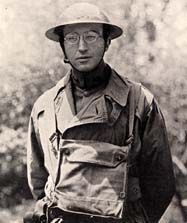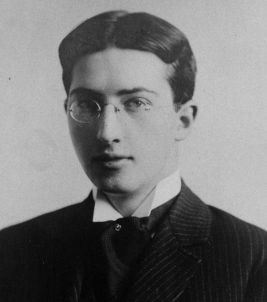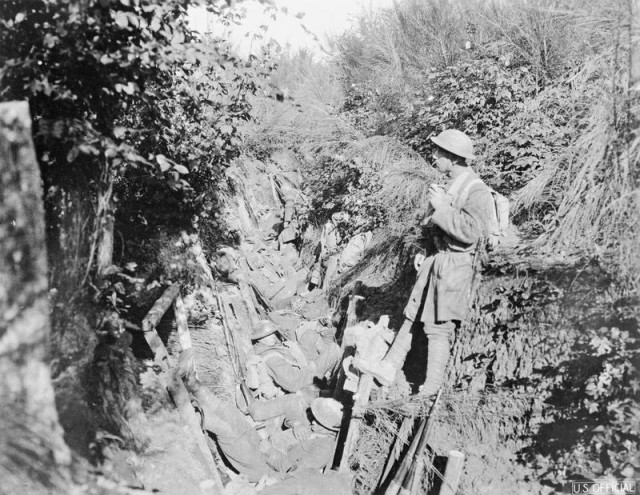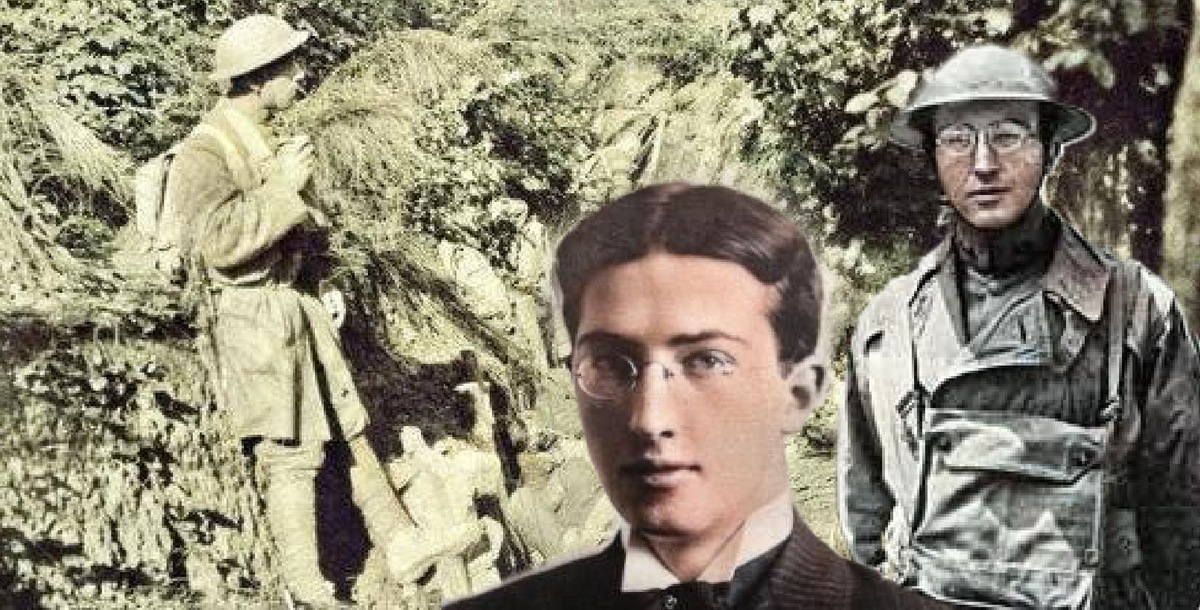Colonel Charles White Whittlesey earned his fame when he was a major in World War I with the American Expeditionary Force. He led a battalion of over 550 men that became trapped; they encircled by German forces for several days before rescue. Even before the ordeal was over, they were being called the Lost Battalion.
Medals were given, along with promotions, wide-spread praise, media attention, and publicity (wanted or not). For Whittlesey, his life in the spotlight continued after the war, and was a painful reminder of terrible hardship and loss. That’s the conclusion many have come to, for the most part, after Whittlesey’s disappearance from a ship bound from New York to Havana. It was widely agreed to be a suicide, the commander of the Lost Battalion truly lost.
Whittlesey was born in Wisconsin on January 20th, 1884. At some point in the next decade, his parents moved the family to Massachusetts, where he later attended Williams College. There, Whittlesey was acknowledged as the “third brightest man” in the class of 1905. His classmates also nicknamed him “Count,” due to his elegant demeanor.
Perhaps he was heading for a privileged life. After he graduated from Harvard Law School in 1908, Whittlesey and his friend from college, J. Bayard Pruyn started a law practice in New York City. But less than ten years later, in 1917, Whittlesey joined the U.S. Army a month after his country’s entry into The Great War.
After officer training, Whittlesey was shipped to the front as a captain of the 308th Infantry Regiment, 154th Brigade, 77th Division. The 77th was dubbed the Metropolitan Division as most of the soldiers within it were from New York City and particularly the Lower East Side, known for its large immigrant population. In fact, more than 40 different languages and dialects were spoken in the 77th.

Whittlesey was placed in the Argonne Forrest across from some of the most well-defended German positions in the War. The deeper German positions on this line had not been taken once in the four years of war leading to Whittlesey’s famed actions in October 1918.
The first part of the German line, about 550 yards deep, was loosely held and mainly served as advanced warning for the stronger lines behind it. Next, any advancing Allied troops would have to pass through thick forest before reaching the next line, which was a mile deep and filled with German troops in trenches surrounded by barbed wire, sometimes more than a meter high and several meters deep.

Not only had the Allies never breached this position, if they did, they would have only run into the defensive line behind that which, if they also managed to take, would turn into a blood bath. The Germans had aimed machine guns into this line and pre-sighted artillery at it to light it up with all the explosive fury of their massive and eviscerating war machinery should the enemy be unlucky enough as to take it.
At 7:00 AM, on the morning of October 2nd, 1918, U.S. and French forces were ordered to launch an offensive along this line. Whittlesey, now a major, advanced with his 308th Regiment, along with a few companies from the 307th and 306th. Their objective was to capture a mill and thus secure sections of road and railway nearby vital for controlling supply lines for both the Germans and the Allies.

Whittlesey’s men pushed into a ravine and eventually up a hill therein designated as number 198 which held a double line of trenches and their defending Germans. And by the end of the day, those U.S. soldiers managed to take part of the crest of hill 198.
But it was quiet, too quiet on either flank. In what must have been a horrifying revelation, Whittlesey discovered the French troops to their left and the U.S. troops to their right had both been pushed back. Whittlesey and his men were now flanked, encircled, and totally trapped behind German lines.
Furthermore, they were right next to a strong German entrenched position, inside a ravine with bluffs 200 feet high, and surrounded by enemy troops, snipers, machine guns, and flamethrowers. They dug into a pocket sloping down the hill (to avoid German artillery fire) and prepared to last until help arrived.
Maybe they could have pushed out of the encirclement and hoofed it back to friendly territory without too many losses, but they had been given strict orders to never give up ground once taken and Whittlesey wasn’t about to.
For six days, the Lost Battalion held their ground. Cut off from any supplies, the only relief they had was a stream to crawl to under fire for water. Nevertheless, they repelled every German attack.
U.S. artillery, unaware of the Lost Battalion’s exact position, were shelling their own troops trying to survive in the pocket. No runner made it out of the pocket without being killed or captured, and several tried. Carrier pigeons were sent to no avail until the last, Cher Ami, now a famous veteran honored by the French Croix de Guerre and a taxidermy display at the National Museum of American History. Cher Ami bore the letter begging the artillery to stop and they did with all haste.

On October 7th, the German commander in the area sent a blindfolded U.S. soldier to the Lost Battalion’s position, carrying a note:
“The suffering of your wounded men can be heard over here in the German lines, and we are appealing to your humane sentiments to stop. A white flag shown by one of your men will tell us that you agree with these conditions. Please treat Private Lowell R. Hollingshead [the bearer] as an honorable man. He is quite a soldier. We envy you. The German commanding officer.”
Whittlesey and his men did not comply.
When advancing Allied troops finally relieved the Lost Battalion on October 8th, almost 200 men had been killed and a further 150 captured or missing. Just 194 soldiers walked out alive.
Whittlesey was promoted and decorated with the Medal of Honor. When he returned to the States, his renewed work in law was constantly interrupted with speaking, appearances, and other hero obligations. In one great honor, Whittlesey was a pallbearer during the service for the Unknown Soldier at Arlington.
But the ghosts of war weighed heavy. We know that the soldiers of World War I were particularly plagued by their trauma and “shell shock.” For Whittlesey in particular, he lived through almost a week trapped in ceaseless bloodshed and the constant death of fellow soldiers under his command. In 1921, he jumped off his ship bound for Havana and into the ocean after writing several letters to loved ones and friends and putting his affairs in order.
By Colin Fraser for War History Online
